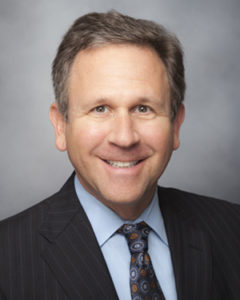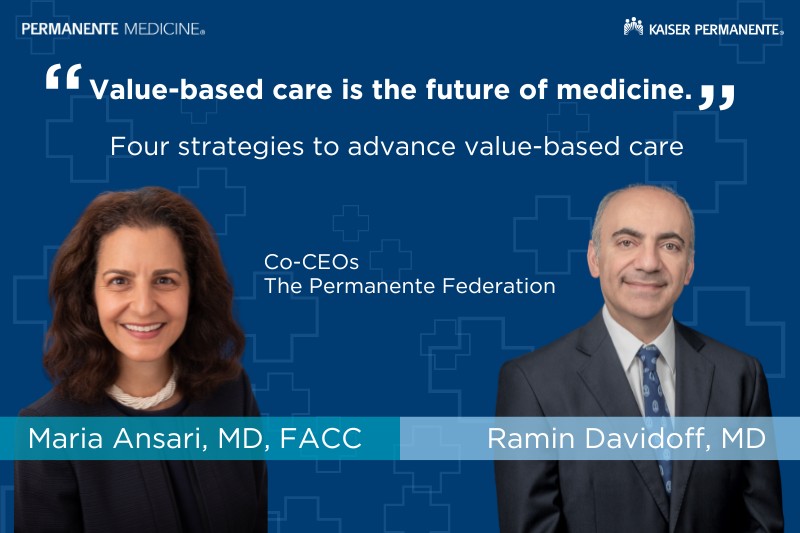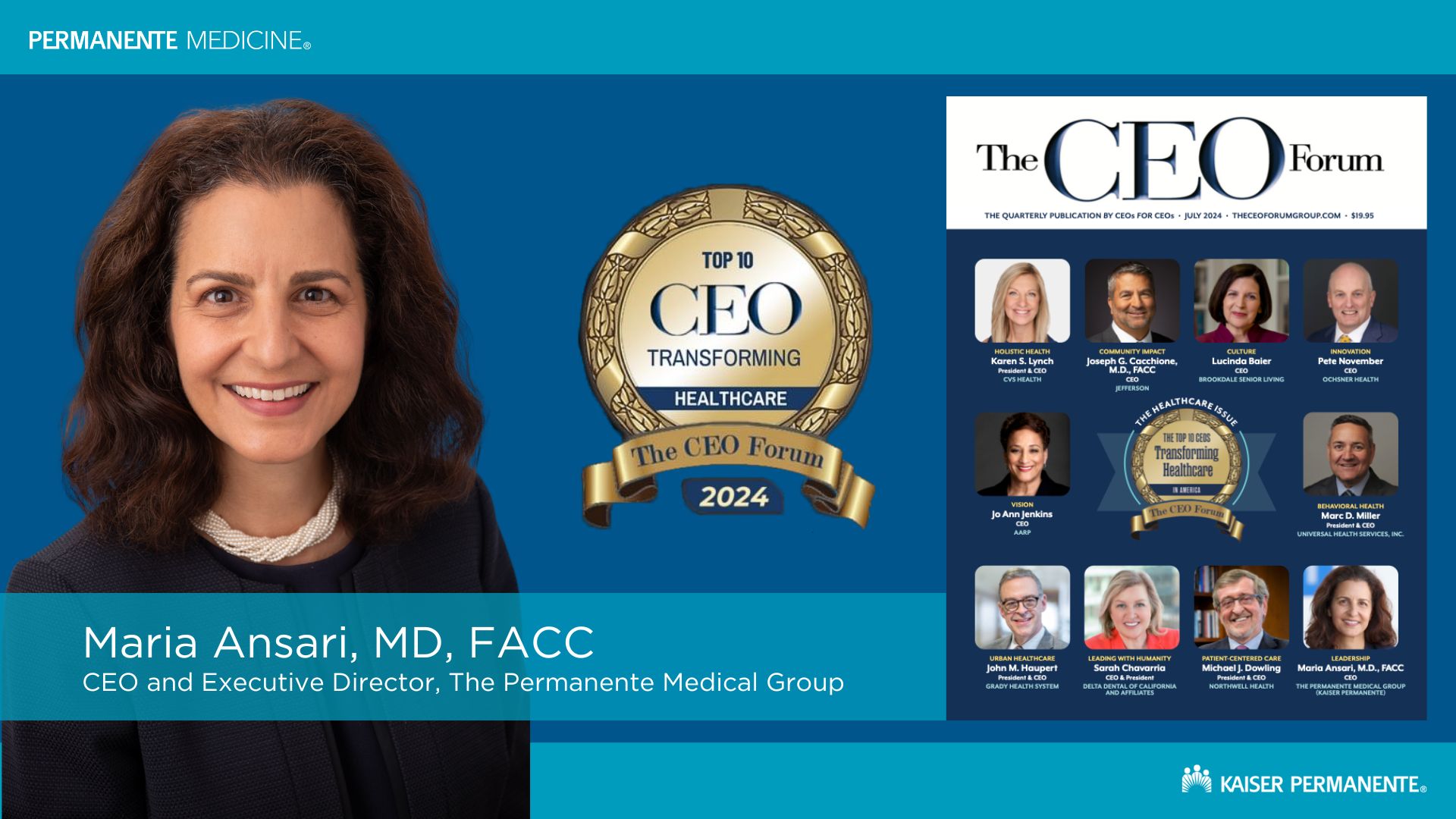In The Permanente Journal, an expert panel discussed how artificial intelligence can supercharge innovation within health care.
Richard S. Isaacs, MD, shares 5 steps to restoring trust in health care
Trust in the U.S. health care system declined precipitously during the height of the COVID-19 pandemic. Rebuilding it must be a priority for the sake of individual patients and for public health, Richard S. Isaacs, MD, FACS, CEO and executive director of The Permanente Medical Group, wrote recently in Harvard Business Review.
Dr. Isaacs noted 48% of people polled in the United States said the pandemic eroded their confidence that the country’s health care system is well-equipped to handle major health crises, according to the 2022 Edelman Trust Barometer Special Report: Trust and Health.

Factors that contributed to this loss of trust include a lack of coordination at local, state, and federal levels; a public health communications network in which outdated technologies such as fax machines were overwhelmed by the flood of COVID-19 test results; and longstanding disparities in access to health care among Hispanic, American Indian, and Alaska Native, and Black people.
“Such mistrust can undermine physician-patient interactions, leading to deteriorating patient outcomes and increased physician burnout,” wrote Dr. Isaacs, who also serves as president and CEO, Mid-Atlantic Permanente Medical Group, and co-CEO, The Permanente Federation.
Related story: “Richard Isaacs, MD, writes that pandemic underscored benefits of value-based care”
To restore trust in the health care system, Dr. Isaacs recommended that physicians and health care organizations take the following steps:
1. Support the move to value-based payment models that focus on the quality of care provided to patients and accelerate the shift away from the dominant “fee-for-service” model that incentivizes more – but not necessarily better – care.
2. Reimagine the public health infrastructure by, for example, investing in public health technology and taking steps to facilitate communication among public and private health care institutions. “Physician leaders who advocate for improvements to the public health system that result in greater affordability, access, and support for population health initiatives are also more likely to cultivate public trust,” Dr. Isaacs wrote.
3. Encourage adoption of technologies such as telehealth, remote monitoring, and digital diagnostic tools. Such technologies have been shown to serve patients by making health care more convenient, continuous, and less episodic.
4. Close gaps in health care access with telehealth and home care. During the pandemic, these options played a vital role in connecting patients with the acute care they needed and keeping them safe while reserving hospital beds and staff for patients with COVID.
5. Cut the red tape and keep patients engaged by providing easy-to-navigate online tools that help patients quickly and effectively address their care needs – from self-care and emailing their physician with questions to scheduling office visits, video visits, or e-visits.
Related story: “The Transparency of Trust”
“Every encounter with a patient is an opportunity to build trust,” Dr. Isaacs wrote. “It is critical – now more than ever – that clinicians and health care organizations make every moment count.”
Note: To read the entire article, visit Harvard Business Review.


